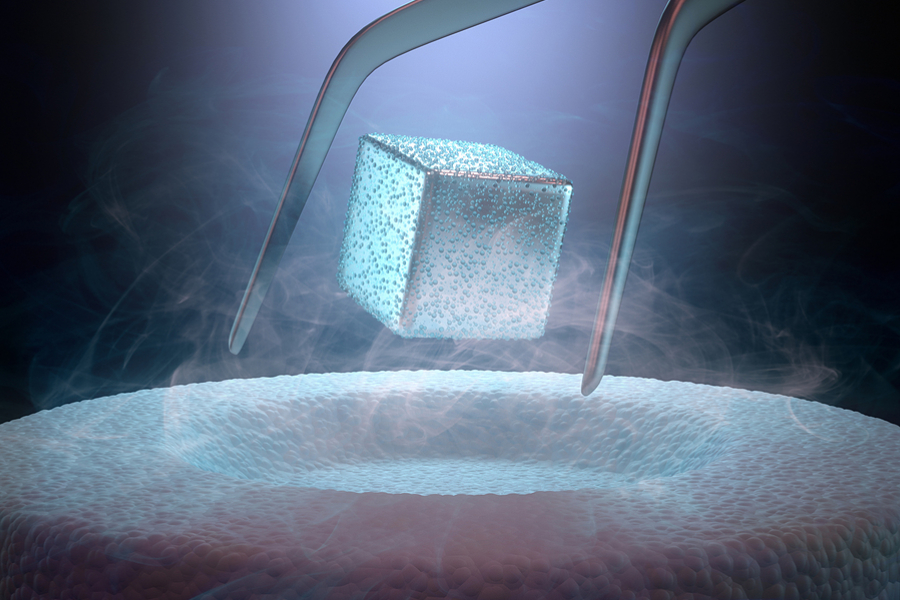What Exactly Are Superconductors And How Do They Work?

Superconductors are fascinating materials that, under specific conditions, exhibit zero electrical resistance and expel magnetic fields, a phenomenon known as the Meissner effect. This unique behaviour has intrigued scientists and engineers since its discovery, promising revolutionary advancements in various fields, from medical imaging to energy transmission.
The discovery of superconductors
The story of superconductors began in 1911 when Dutch physicist Heike Kamerlingh Onnes discovered that mercury, when cooled to a temperature near absolute zero (4.2 Kelvin or -268.95 degrees Celsius), exhibited zero electrical resistance. This groundbreaking discovery marked the birth of superconductivity, a state of matter that allows for the unimpeded flow of electric current, eliminating energy losses typically associated with resistance in conventional materials. Understanding such concepts is often covered in depth during Physics tuition, where students delve into the principles of quantum mechanics and material science.
Understanding superconductivity
To comprehend how superconductors work, it is essential to delve into the principles of quantum mechanics. Superconductivity can be explained by fundamental facts about quantum physics, where electrons form pairs known as Cooper pairs. These pairs move through the lattice in a correlated manner, effectively bypassing the scattering mechanisms that cause resistance. This phenomenon is explained by the BCS (Bardeen-Cooper-Schrieffer) theory, proposed by John Bardeen, Leon Cooper, and Robert Schrieffer in 1957.
In a normal conductor, electrical resistance arises due to the scattering of electrons by impurities, defects, and vibrations of the atomic lattice (phonons). This scattering process dissipates energy as heat, leading to energy loss. However, in superconductors, the quantum mechanical nature of Cooper pairs allows them to move without resistance.
The Meissner Effect
One of the hallmark features of superconductors is the Meissner effect, named after Walther Meissner, who discovered it in 1933. When a material transitions into the superconducting state, it expels all magnetic fields from its interior. This expulsion occurs because the superconductor generates surface currents that counteract and cancel the external magnetic field, leading to perfect diamagnetism. The Meissner effect is a defining characteristic that distinguishes superconductors from perfect conductors.
Types of superconductors
Superconductors are broadly categorised into two types: Type I and Type II.
Type I Superconductors: These are usually pure elemental superconductors like lead, mercury, and aluminium. They exhibit a sharp transition to the superconducting state and are characterised by a complete Meissner effect. However, Type I superconductors can only maintain their superconducting properties up to a certain critical magnetic field, beyond which they revert to a normal state.
Type II Superconductors: These include most high-temperature superconductors and are often compounds or alloys. They exhibit a more complex behaviour with two critical magnetic fields: a lower critical field (Hc1) and an upper critical field (Hc2). Between these fields, Type II superconductors allow partial penetration of magnetic fields through quantized vortices, while still maintaining zero resistance. This property makes them more suitable for practical applications where high magnetic fields are involved.
High-Temperature Superconductors
The quest for superconductors that operate at higher temperatures led to a significant breakthrough in 1986 when Johannes Georg Bednorz and Karl Alexander Müller discovered superconductivity in a ceramic compound at a temperature of 30 Kelvin (-243.15 degrees Celsius). This discovery ushered in the era of high-temperature superconductors (HTS), with subsequent discoveries pushing the critical temperature above the boiling point of liquid nitrogen (77 Kelvin or -196.15 degrees Celsius).
High-temperature superconductors, such as the cuprates and iron-based superconductors, have opened new possibilities for practical applications due to their relatively higher operating temperatures, which are easier to achieve and maintain compared to traditional low-temperature superconductors.
Applications of Superconductors
The unique properties of superconductors have paved the way for numerous cutting-edge applications across various fields:
1. Medical Imaging: Superconducting magnets are the core components of Magnetic Resonance Imaging (MRI) machines, providing strong and stable magnetic fields that enable high-resolution imaging of the human body.
2. Particle Accelerators: Superconducting magnets are used in particle accelerators, such as the Large Hadron Collider (LHC), to steer and focus particle beams with minimal energy loss.
3. Power Transmission: Superconducting cables can transmit electricity with zero resistance, potentially revolutionising power grids by reducing energy losses and increasing efficiency.
4. Quantum Computing: Superconducting qubits, which rely on the principles of superconductivity, are fundamental components in the development of quantum computers, promising unprecedented computational power.
5. Magnetic Levitation: Superconducting magnets are used in maglev (magnetic levitation) trains, which float above the tracks, reducing friction and allowing for high-speed transportation.
Challenges and future directions
Despite their remarkable properties, superconductors face several challenges that hinder widespread adoption. Cooling requirements, material brittleness, and high manufacturing costs are significant obstacles. However, ongoing research aims to develop new materials, improve fabrication techniques, and discover room-temperature superconductors, which would eliminate the need for expensive cooling systems.
Superconductors are extraordinary materials that defy conventional physics, offering a glimpse into the possibilities of future technologies. As research advances, the dream of harnessing superconductivity for practical and widespread applications continues to drive innovation, promising a future where energy losses are minimised, and technological boundaries are pushed further than ever before.